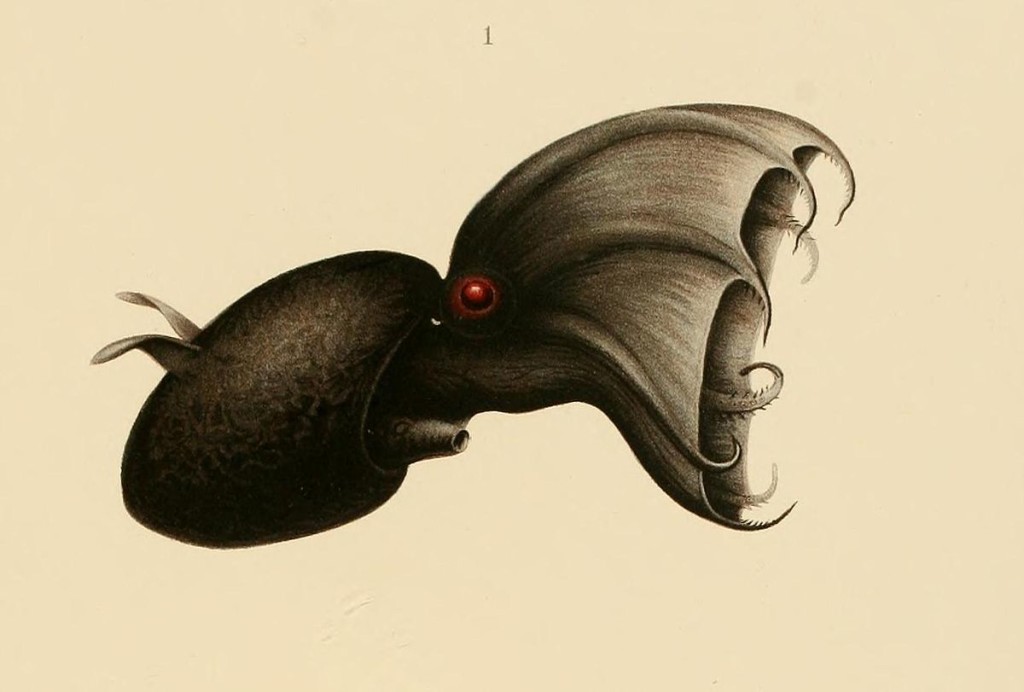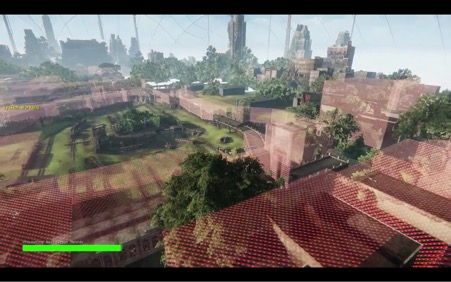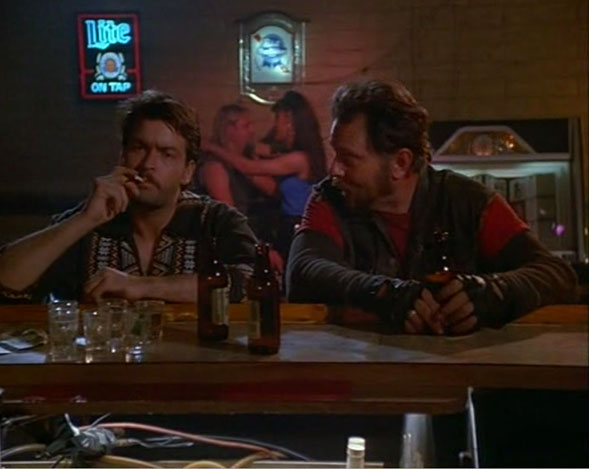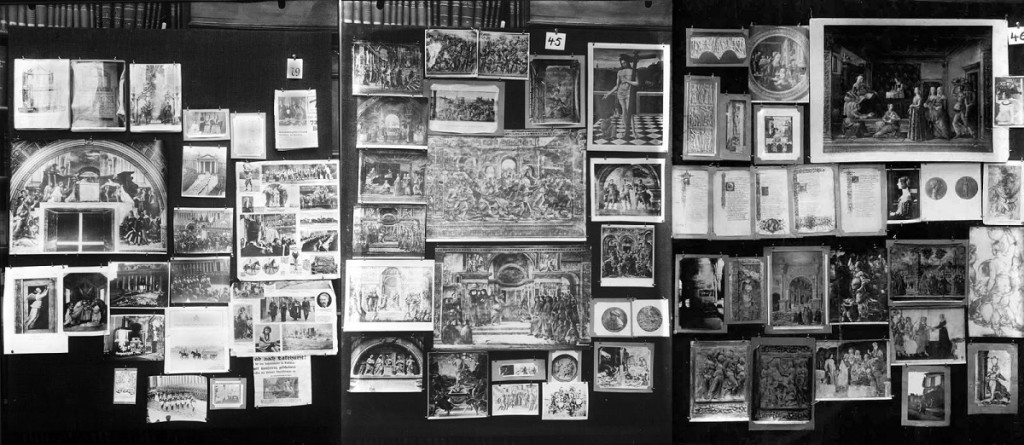Published in nuart journal #8
https://nuartjournal.com/issue-8-intangible/
pdf version here
A discussion of Julie Vaslin’s book Gouverner les graffitis (2021). Published in metropolitiques: https://metropolitiques.eu/Les-aventures-du-graffiti-dans-les-villes.html
I have been invited to the the “Rendre visible l’invisible” symposium, Paris, 24 June 2022.
UPDATE: Now on GoogleBooks – Preview of Introduction is available : https://www.google.it/books/edition/The_New_Politics_of_Visibility/_b_3zgEACAAJ
We’re at proofs stage. Due out later this year.
Table of Contents
Introduction: Issues in the Visible
Andrea Mubi Brighenti
1. The Political Geometries of Visibility: Ranks of Seeing in the Digital Age
Tali Hatuka
2. Coded Visions: Datafied Visibilities and the Production of Political Futures
Mikkel Flyverbom and Frederik Schade
3. Urban Information Environmentalism
Malcolm McCullough
4. Mediated Visibility and Recognition: A Taxonomy
João C. Magalhães and Jun Yu
5. The Democratization of Visibility Capital: Face in the Age of Its Automated Technical Reproducibility
Nathalie Heinich
6. Rewilding the City: Urban Life and Resistance across and beyond Visibility
AbdouMaliq Simone and Morten Nielsen
7. Strategies and Tactics of Visibility: The Micro- Politics of Vulnerable Migrant Groups during the Pandemic in Brussels
Mattias De Backer
8. Reframing Marginality in Trans Politics: Towards an Ethics of Differentiation
Caterina Nirta
9. Open Science as an Engine of Anxiety: How Scientists Promote and Defend the Visibility of Their Digital Selves, While Becoming Fatalistic about Academic Careers
Martin Reinhart
An online seminar series co-organised with Carlo Brentari. Contact me to get the link for joining the seminar!
h.15-17 on
April 8 Carlo Brentari & Andrea Mubi Brighenti (Unitn, organisers) – Introduction & Glossary
April 15 Timo Maran (University of Tartu) – Biomimicry
April 22 Christian Borch (Copenhagen Business School)– Mimesis and Society
April 29 Petra Gruber (University of Akron) – Biomimesis and Biornametics in Architecture

Chapter forthcoming in Caterina Nirta & Andrea Pavoni (Eds) (2021) Monstrous Ontologies: Politics Ethics Materiality. Wilmington, DE: Vernon Press.
+ info | https://vernonpress.com/book/953
Friday February 26, 2021, h.9-11
A seminar given in the series “Chronotopes of the Face”
Full Programme here: Cronotopi_del_volto_FACETS_UNiTO

Still from Harun Farocki : Computer Animation Rules, Lecture at IKKM, 25 June 2014, available at https://vimeo.com/100092938
NOW OUT in Visual Studies : https://www.tandfonline.com/doi/full/10.1080/1472586X.2020.1840089
Abstract. This paper analyses vertical vision by tracing its possible genealogy and exploring the forms it takes in the contemporary city. In the first section, vertical vision is situated in the context of its cosmographic tenets. In the second section, the critique of verticality is complemented by a topological approach where vertical vision can be seen folding into a novel visual grammar. The lineaments of this grammar can be retrieved by attending specifically to algorithms and their role in contemporary urban perception, which we discuss in the third section. The fourth section implements the suggestions of two artists: Harun Farocki’s notion of navigation, and Hito Steyerl’s notion of bubble vision. Exposing the central role played by digital platforms in ushering in this novel paradigm, bubble vision can be reconstructed as the logical end-point of classical vertical vision. This comes in conjunction with the rise of peculiar visual-cultural configuration, which could be called ‘atmoculture’. Section five submits that atmoculture represents the cultural milieu of bubble vision. In conclusion, the paper invites visual scholars interested in the study of verticality to recognise bubble vision, together with its atmocultural background, as a new expression, and a reconfiguration, of vertical vision: similarly centred and disembodied, exhilarating, and dangerously de-responsibilising.
Will be my pleasure to join Javier Abarca and the other fellows at http://thetagconference.com/
I’m pleased that my paper “Artveillance: At the Crossroads of Art and Surveillance” (2010) has been reprinted in Surveillance Studies. A Reader Edited by Torin Monahan and David Murakami Wood (Cambridge University Press, 2018)
@ University of Padua , PhD Course in Social Science
15 October 2018 h.10–13
Sala Specchi Via Cesarotti 10-12
Padova
Published in Graffiti and Street Art. Reading, Writing and Representing the City.
Edited by Konstantinos Avramidis, Myrto Tsilimpounidi. London: Routledge, 2017.
Now published in Distinktion: Journal of Social Theory

Abstract. Camouflage is usually understood as a type of deceitful communication
strategy in the animal and human domains. In this piece, we invite scholars to consider how the phenomenon of camouflage, while certainly grounded in antagonism and selection, might exceed its strategic meaning. Using the case of undercover agents movies, we attempt to flesh out the inner logic of camouflage and the type of social-existential situations it gives shape to. Exploring the mundane practical problem of ‘infiltration’ into a social group or social milieu, the article zooms in onto the experience of camouflage and highlights its relatedness to and distinction from imitation. Camouflage is here used not as an overarching interpretive category, rather, as an instance that reveals something about the problems inherent in the constitution of inter-subjective life. The article seeks to contribute to a theoretical development in the study of social logic and social teleology, stressing the curious entanglement of deliberate strategic action and irrational desire that contradistinguishes what could be called the ‘aberrant conjunction’ of the camoufleur and its target. Camouflage, we conclude, is not only about make-believe but also, crucially, about desiring and learning to desire.
Keywords: Mimicry, Camouflage, Undercover movies, Infiltration, Social logic, Social phenomenology, Inter-Subjectivity
TOC
Introduction
The Functions of Camouflage
The Logic of Camouflage
The Existential Phenomenology of Camouflage
The Paradoxes of Camouflage, or, Learning to Desire
Conclusions
http://www.tandfonline.com/eprint/PNcAa3KNVDYUT3yZ6jhR/full (50 free downloads)

A speech I’m giving at the conference Understanding Visual Culture – Interdisciplinary Perspectives – Bologna, 21-22 April 2016
http://www.sssub.unibo.it/eventi/understanding-visual-culture
A chapter recently appeared in the Routledge Handbook of Graffiti and Street Art, Edited by J.I. Ross.
Pdf here